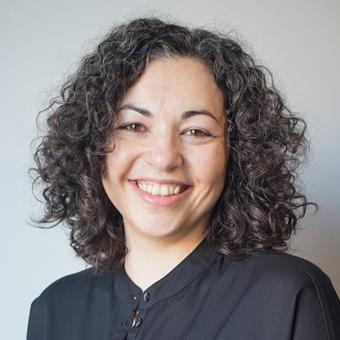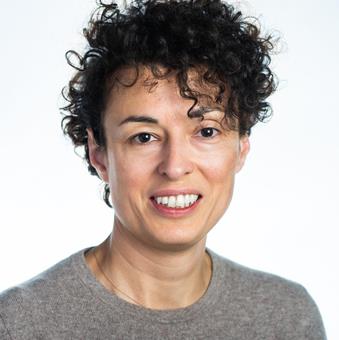The workplace is a domain where people spend a considerable part of their time, where many important social interactions take place, where identities are formed, and where important resources are distributed. At the IAS we study how ethnic and gender‐based workplace- and labour market segregation is created as an unintended outcome of interactions between many individuals.
The research on school segregation at the IAS focuses on a range of different topics using diverse methods, such as discrete choice and agent-based models, to examine how schools become segregated. The research uses register data to explore how increased school-choice may increase segregation, as well as what consequences segregation may have for children’s educational outcomes.
The research on neighbourhood segregation often utilises detailed population register data to calculate valid measures of spatial segregation, to examine how ethnic neighbourhood segregation is associated with homogamous partner choices, and how residential segregation experienced in childhood may affect future life chances












